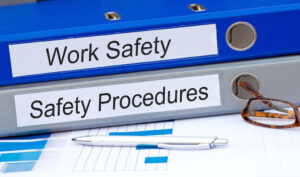
What Can HR Do to Prevent Insider Threats?
Every day, businesses contend with all sorts of threats. Like it or not, these risks have become a fact of organizational life in the modern

Every day, businesses contend with all sorts of threats. Like it or not, these risks have become a fact of organizational life in the modern

In pursuing health and success for a business, safety compliance is critical and we understand why. Monitoring injuries and potential hazards can help your workplace

At TalentCulture, we’re looking ahead to the day we can get back to work. And we’re looking for innovative solutions that will make that transition,

In an outlook where the future looks bleak, only true leaders guide their team through the storm and come out stronger on the other side.

In some countries, as lockdown measures continue to ease, businesses are opening and employees are heading back to work. But some of us are still

As some states ease lockdown restrictions and America begins to return to work, some businesses eager to reopen their doors facing a whole new headache:

In any workplace, health and safety has to be top of mind. Complying with workplace laws takes a lot more effort when your workers are

The spread of COVID-19 is changing how we all operate, and businesses are no exception. With cases mounting across the United States, we’re watching the
Maintaining top talent is a struggle that every company must face. So what do many companies do? Some create a kick-ass culture to be envied.
Most businesses have one aspect or another that could lead to employees being injured, maimed or killed. Nurse attendants must move heavy loads, zoo attendants

What can we do to make business environments safer for all? Workplace violence prevention and recovery experts discuss with our community

What does it mean to be “ready” for workplace violence or disaster? Even after a massive wake-up call on 9/11/2001, many of us aren’t fully prepared. What should we know?